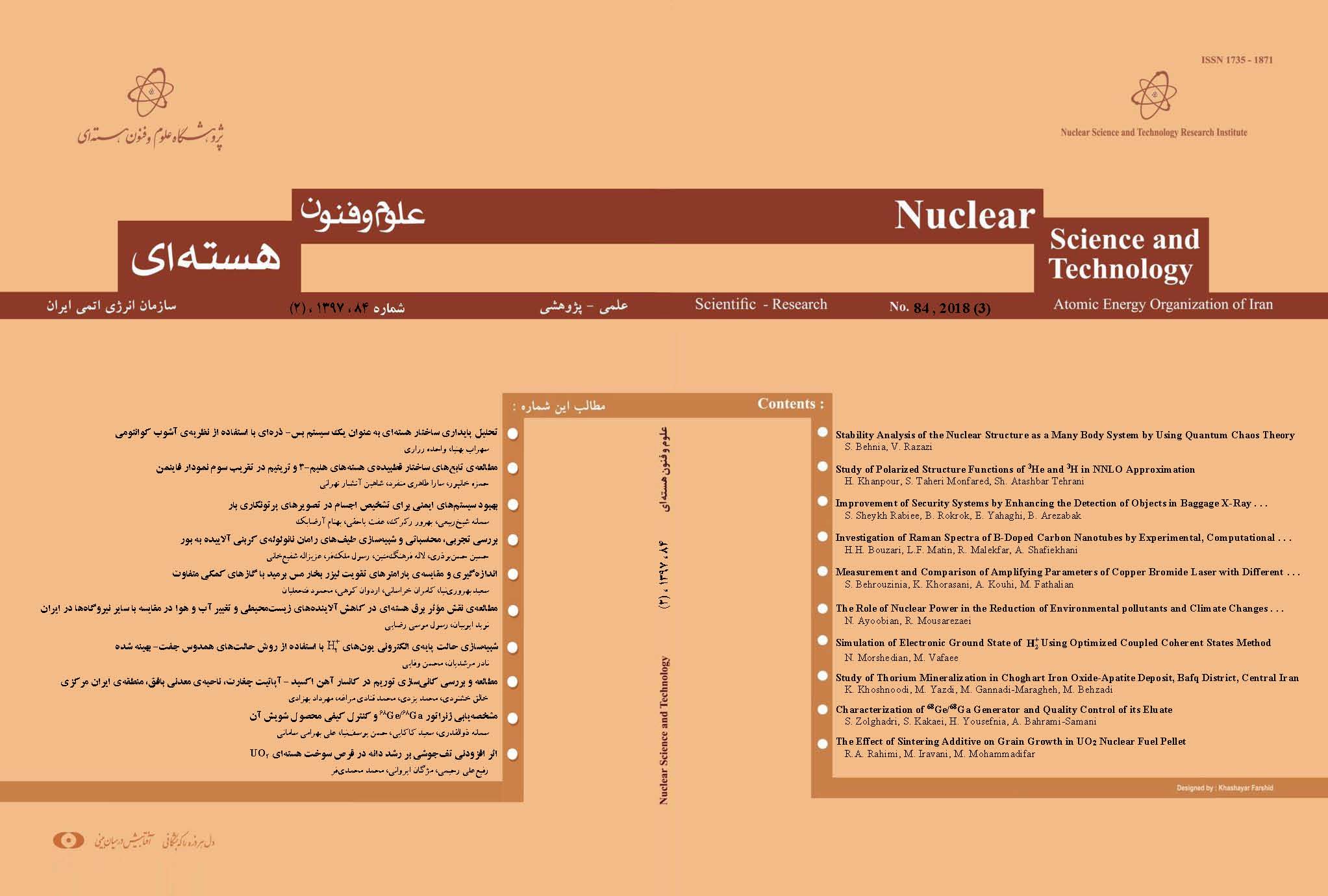نوع مقاله : مقاله پژوهشی
نویسندگان
گروه مهندسی هستهای، دانشکده علوم و فنآوریهای نوین، دانشگاه اصفهان، صندوق پستی: 73441-81746، اصفهان ـ ایران
چکیده
تاکنون مطالعههای مختلفی در راستای بررسی اثر نقش انرژی هستهای در کاهش هزینههای زیست محیطی و تغییرات آب و هوایی با استفاده از مدلهای مختلف اقتصادی و سناریوهای انرژی در کشورهای مختلف انجام شده است. با این حال، این موضوع در کشور ایران تاکنون مورد بررسی دقیق قرار نگرفته است. در این پژوهش با ارایهی مدلی مبتنی بر برنامهریزی پویا، این موضوع در مقایسه با سایر نیروگاهها نظیر نیروگاههای فسیلی، تجدیدپذیر، گازی، بخار و سیکل ترکیبی تحلیل شده است. در این مدل، تأثیر هزینههای خارجی بر برنامهریزی آتی انرژی الکتریکی به دقت مورد ارزیابی قرار گرفت. در نهایت با در نظر گرفتن دو سناریوی پایه و هستهای، مطالعهها در چارچوب هدفها و تحلیل تأثیر هزینههای خارجی انجام شد. به منظور راستیآزمایی مدل پیشنهادی، نتایج این پژوهش با نتایج مدل MESSAGE مقایسه و دقت و صحت مدل پیشنهادی اثبات شد. بر اساس نتایج این پژوهش، گزینهی برق هستهای راهکار مؤثری در کاهش آلایندگی زیست محیطی در آینده خواهد بود.
کلیدواژهها
عنوان مقاله [English]
The Role of Nuclear Power in the Reduction of Environmental Pollutants and Climate Changes Compared to other Power Plants in Iran
نویسندگان [English]
- N Ayoobian
- R Mousarezaei
چکیده [English]
Up to now, many studies have been conducted to investigate the role of nuclear energy in reducing environmental costs and climate changes considering the different economic models and energy scenarios in different countries. However, to best of our knowledge, there is no report on this subject in Iran. This study presents a model based on dynamic programming which compares the environmental costs of nuclear power plants with other power plants such as fossil, renewable, gas, steam and combined cycle plants. This model evaluates the impact of external costs in the future planning of electrical energy and by considering baseline and nuclear scenarios, impact studies of external costs are performed. In order to verify the proposed model, the results were compared with the available data and MESSAGE results, and the accuracy of this model was proved. According to this research, nuclear power is an effective strategy for reducing environmental pollution in the future.
کلیدواژهها [English]
- Nuclear Power
- Environmental Impact
- External Costs

